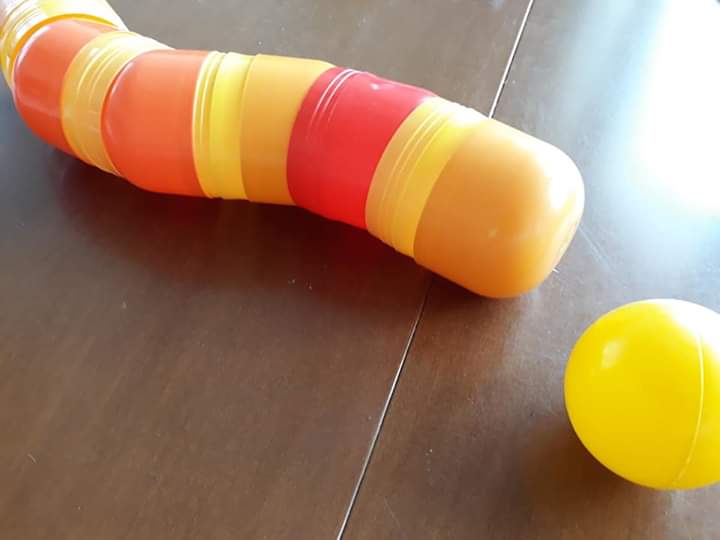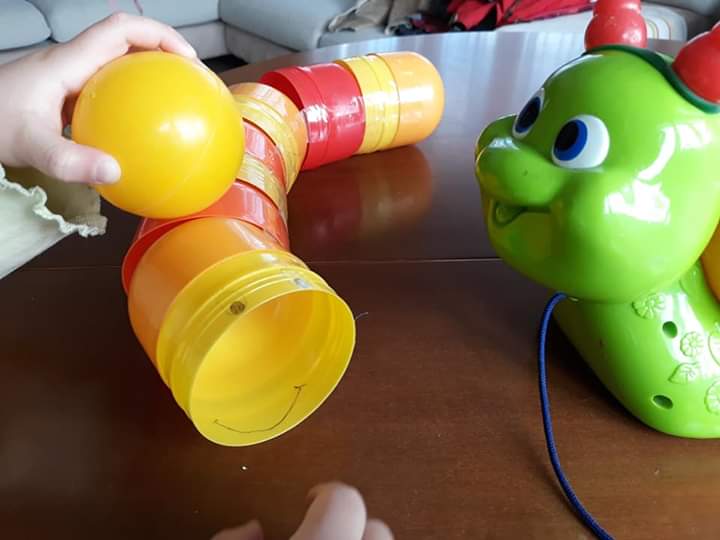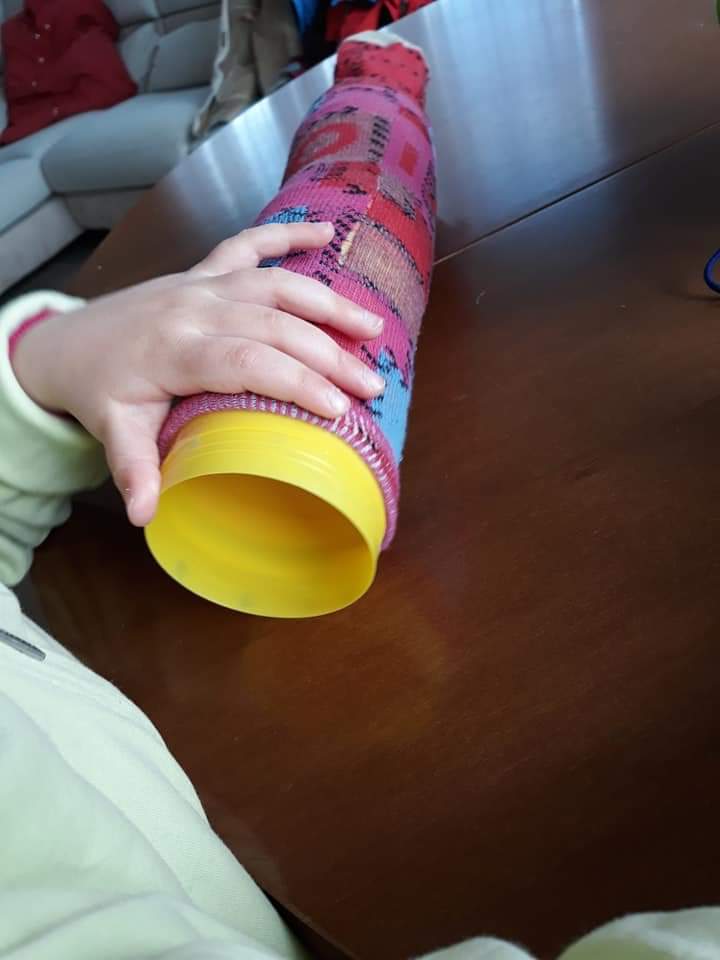I’m always looking for new games and activities to stimulate my little patients and for me playing is fundamentally important.
In this article, I will explain the connection between game and language acquisition and stimulation.
Children need to play with someone they do not new games.
So let’s invent them, create them from what we already have at home.
This space wants to be a stimulating occasion especially for parents to find the time – which is of quality – to spend with their children.
If you are concerned about your child’s language read the SIGNS FOR LANGUAGE DELAY.
The children often ask: “Can you play with me?“, or we have those children who are still non-verbal or late speakers who bring the games because they want to share.
I am going to have several games over the next few weeks:
- simple games
- games created with recycled materials at no cost
- games based on developmental age
Don’t be fooled, don’t fall into prejudice by thinking
“Maybe it will be too simple, maybe my child will get bored, how do we have fun with this?”
The magic word is TOGETHER, we need presence, propose, ask questions, observe, repeat and let it go. Let yourself be led by the children who are masters, with them everything changes, let their imagination flow.
Here is our first game:
THE CATERPILLAR AND THE BALL
Do you eat Kinder eggs? or any chocolate eggs that inside have a plastic container?
Keep the containers and here’s what you can do:
- Insert one half inside the other, alternating them by color, and here is a CATERPILLAR

- Take some sellotape, a permanent marker, a ball and turn it into a SNAIL

Children have a great imagination and one of my patients says: It looks like a TRAIN!
Wow, good idea, what if it was an ever eating caterpillar and she was a mischievous little snail?
With this type of activity, we use simple language:
LEVEL 1: onomatopoeic sounds, iiiii, goooo, ohhhh, wow
LEVEL 2: use single words, colors, comment using only little word, with a lot of repetitions
LEVEL 3: use of two-word sentences:
- the caterpillar eats
- the caterpillar sleeps
- asking simple questions with the use of the power of choice.
LEVEL 4: More complex questions like:
- how many COLORS does this caterpillar have?
- how long?
- how many pieces is it made of?
Draw the face of the caterpillar and the ball (EYES, MOUTH) and play: the caterpillar is hungry, what does it EAT? the ball tries to escape, it HIDES, RUNS AWAY, IS SCARED and the talking snail acts as an intermediary.
During my therapy, the child puts all the eggs inside a sock and also she takes the ball and hides it inside the sellotape.

“You need to hide there so you are safe…”
This type of activity makes us understand how children play and communicate.
In order to understand your child’s development ask yourself these questions:
- Does your child have a fluid or rigid play?
- Can he/she pretend play?
- Can she/he accept your input?
- how long does he/she play for?
- can he/she create new games?
If your child is between 18 months and 3 years and still does not speak, or does not share, here is my video on the prerequisites. Does your child have all the necessary prerequisites to communicate?
My course can help you.
Please feel free to comment and ask any questions.

